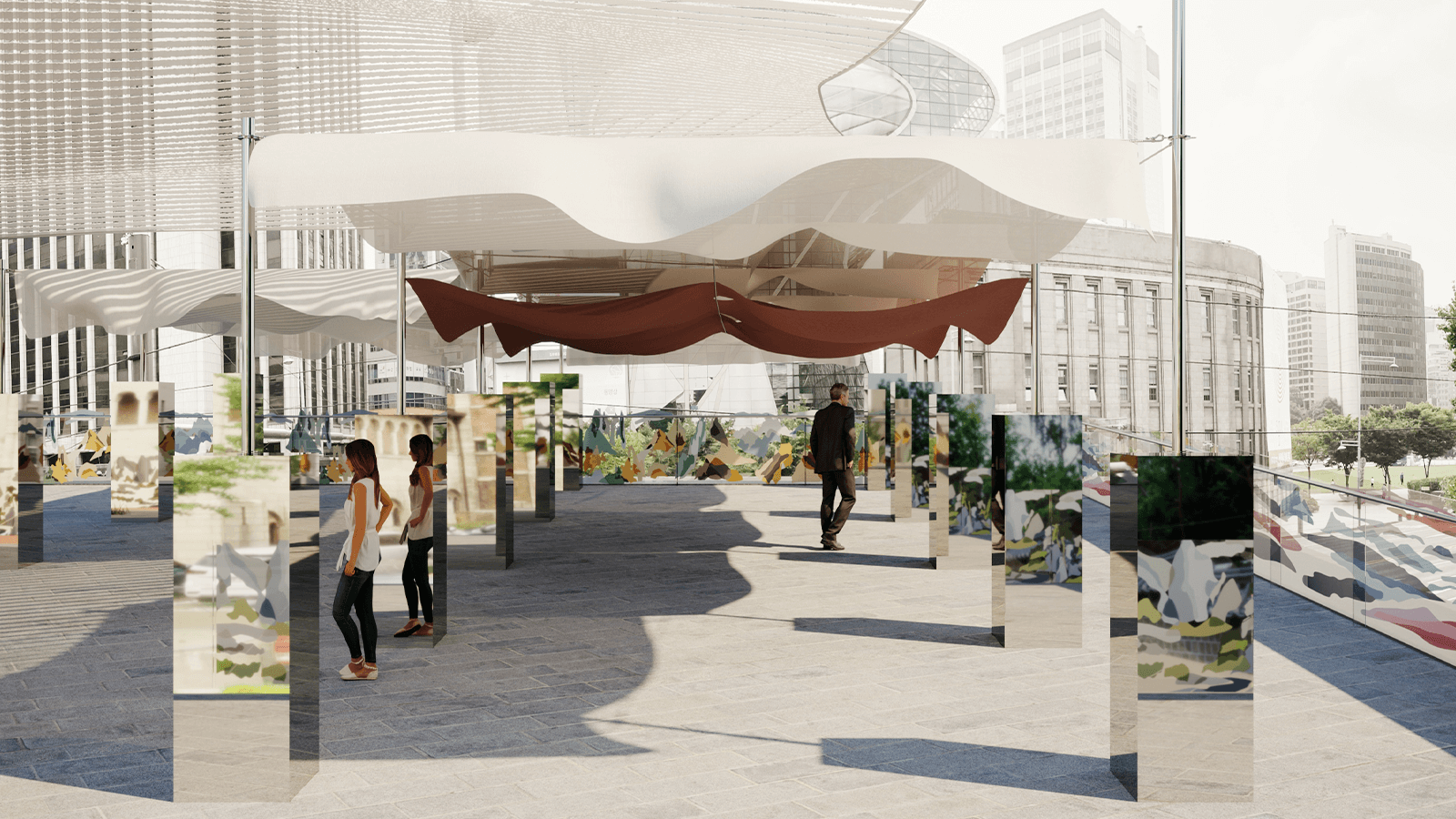Sustainability and climate change are finally getting the attention they need. Many climate scientists are worried about world economies not meeting the target of keeping the Earth’s temperature below 1.5C°. If the carbon emissions do not decrease, there is a heavy chance of triggering a cascade of hazardous events.
To reverse the climate change effects induced by humans, finding sustainable means to support our current operations is the only solution. One such technology that staunchly supports sustainability while keeping the quality of products and services intact is 3D technology.
What is 3D Technology?
3D technology is an umbrella term for technologies like 3D product renderings, virtual and augmented reality, 3D animations, avatars, and more. With the rapid development in technology, 3D is gaining a prominent standing in industries such as architecture, fashion, and manufacturing.
In addition to its versatile benefits, 3D technology is under the spotlight for its ability to imbue sustainability into brands and businesses.
How is 3D Technology Sustainable?
Less Wastage during Production
One of the biggest problems our environment faces is waste production and its further failure in processing it. Especially in the manufacturing of physical goods, this issue is rather pressing. If there are any errors in the prototype design, there are greater chances of producing faulty products. These, ultimately, translate into waste.
On the other hand, 3D technology does not produce any wastage as most work is done on computers. If there are errors or needs to refine a prototype design further, they can be easily modified or added with few clicks. This decreases the overall wastage in many industries. Hence, 3D is the most eco-friendly approach in the current times.
High Flexibility in Operations
Another supporting reason why 3D is sustainable is its flexibility. Brands enjoy a substantial amount of flexibility when using 3D technology to create their prototype designs, marketing, and promotion material. They can modify them any number of times until the design is up to the creators’ imagination.

3D Technology offers high flexibility in the creation of designs and blueprints.
No Need for Physical Materials
Before the rise of this cutting-edge technology, everything had to be built manually across various industries. This manual design and creation require many materials, unlike 3D, which only requires computers and compatible software. This not only saves materials costs but also storage costs for businesses. Brands can then invest these savings into energy-efficient processes.
Decreased Carbon Emissions
The leading advantage of 3D technology in creative industries like architecture, fashion, and interior design is its fewer carbon emissions. Compared to traditional methods, 3D technology uses only electronic devices which release less carbon dioxide into the environment. When compared to usual design and manufacturing processes, 3D technology is highly energy-efficient. These lower carbon footprints by 3D play a significant role in bringing down the effects of climate change.
Use of 3D Technology for Brands
Design Prototyping
Brands can majorly utilize 3D to design blueprints before production. As previously mentioned, 3D comes with flexibility and ease of modification; hence, it becomes the sweet spot for design-oriented industries.
Modeling
3D models present deep insights into the product both before and after production. The manufacturing step helps creators detect any defects and correct them before sending the model for mass production. In the e-commerce era, these 3D models and rendered images increase buyer confidence with their minute details.

3D models in interior designing often play a major role in refining the design until perfection.
Marketing & Advertising
The current digital age with new consumer domains requires recent trends in marketing and advertising. Among the most used methods, 3D tops the list. Brands use 3D technology to create virtual avatars, animations, virtual influencers, and motion graphics to attract and appease consumers.
Metaverse Creation
As the hottest topic in recent months, the metaverse largely relies on 3D technology for its creation. Many brands are interested in the virtual universe because of its great potential to become a part of our future lives.
The Future of Earth in the Hands of 3D
We are facing a grave period where every action is crucial to preserve the Earth we know. Brands and business giants have to come together to reach sustainability goals without compromising their legacy. 3D technology perfectly fits everyone’s needs – businesses, consumers, and Nature. Therefore, the creative usage of 3D technology is the go-to way for green living in the 21st century.

